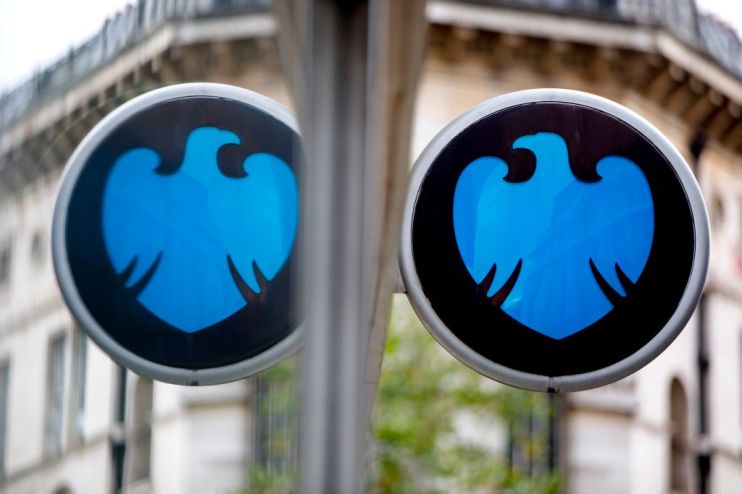Barclays cuts bonus pool as profits tumble eight per cent on £500m provisions for loan defaults

Barclays performed worse than expected in the final quarter of 2022, as higher expenses and an increase in bad loan provisions weighed on performance, leading to a £200m bonus cut for top staff.
Profit fell in the quarter after the bank set aside £498m in impairment costs in case of bad loans, compared to a release of £31m the year before. The bank said this reflected the “deteriorating macroeconomic forecast”.
Banks set aside loss provisions in order to cushion losses on loans when economic conditions darken.
In the fourth quarter expenses at Barclays also increased to £4.0bn, £200m more than the same quarter last year.
Both of these contributed to an eight per cent fall in profit, which fell to £1.3bn, despite an £800m increase in quarterly revenue. This brought the bank’s full year profit figure to £7.0bn, 14 per cent lower than last year.
Following the fall in profit, Barclay’s bonus pool was cut by £200m compared to last year, an eight per cent fall taking the total figure to £1.8bn. The bank said it chose to “focus the reductions on more-senior colleagues”.
The fall in the bank’s full year profit was largely a result of hefty litigation costs, including a $361m (£298.7m) fine from the SEC for a clerical trading error. In the fourth quarter however, litigation costs were actually lower than last year.
CEO CS Venkatakrishan said the overall results were “very gratifying” but noted he was “determined” that compliance issues “will not happen again”
Barclays have struggled with compliance issues over the past few years after the Libor trading scandal and ex-CEO Jes Staley’s connections to convicted sex offender Jeffrey Epstein.
Just last week the Financial Times reported that they were under investigation from the FCA for persistent failures on anti-money laundering.
Barclays UK recorded a 30 per cent increase in profit compared to last year, boosted by higher interest rates. Net interest income in the period was 22 per cent higher than last year.
After a decade of ultra-low interest rates, sharp hikes throughout 2022 have widened banks’ net interest margins – the difference between what banks pay out and receive in interest payments.
Barclays’ investment banking division also brought in two per cent less revenue in the fourth quarter than last year.
The division was boosted by a strong performance from fixed income, which brought in 79 per cent more income than last year which partly offset the 50 per cent fall in investment banking fees.
Barclays is one of the few major UK bank to maintain a large investment banking division. Analysts have suggested investors are more wary of Barclays, compared to less diversified lenders like Lloyds and Natwest, leading to Barclays’ share price significantly lagging its domestic rivals.